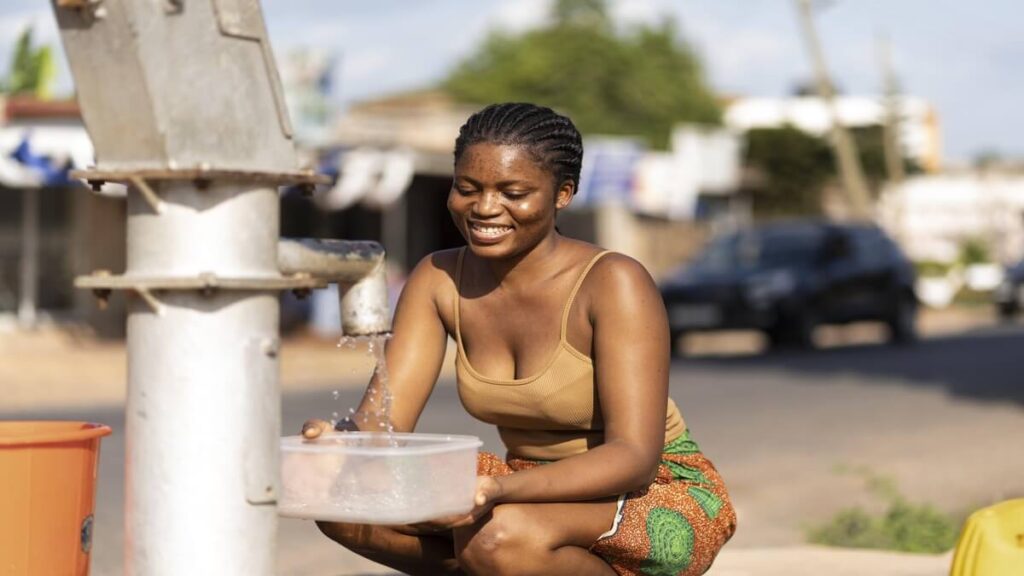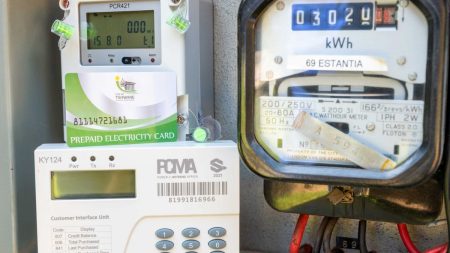Water is life. Access to clean drinking water is a fundamental human right, yet many people in low-income areas struggle with ensuring their water is safe to drink. In South Africa, millions live without regular access to clean water due to factors like aging infrastructure, lack of resources, and environmental challenges. Contaminated water can lead to diseases like cholera, diarrhea, and other serious health problems, especially in children and the elderly.
Fortunately, there are ways to safely access and store drinking water, even in low-income areas. This guide provides simple, cost-effective solutions to help individuals and families ensure that their drinking water is safe and stored properly for use.
The Importance of Clean Drinking Water
Drinking contaminated water can lead to various waterborne diseases such as:
- Cholera
- Typhoid fever
- Diarrhea
- Hepatitis A
These illnesses can spread quickly in communities that do not have proper water treatment systems. Children, the elderly, and those with weak immune systems are particularly vulnerable. Therefore, having access to clean drinking water is essential for improving health, reducing healthcare costs, and enhancing overall well-being in low-income areas.
Challenges of Accessing Clean Water in Low-Income Areas
In many low-income areas, challenges include:
- Poor Infrastructure: Many communities rely on aging water systems that can easily become contaminated.
- Limited Water Supply: In areas with water shortages or droughts, access to clean water is intermittent.
- Unreliable Water Sources: Rivers, streams, and wells may not be adequately protected from pollutants.
- Polluted Environments: Factories, dumps, and farming activities may contaminate local water sources with harmful chemicals and bacteria.
These challenges make it difficult for households to consistently access clean water, making it essential to understand how to purify and safely store drinking water.
Related: How SASSA Beneficiaries Can Access Free Basic Municipal Services
How to Safely Access Drinking Water
1. Use of Protected Water Sources
Where possible, try to get water from a protected source such as:
- Municipal taps: Though not always reliable, municipal water is often treated and generally safer than water from rivers or open wells.
- Community wells: Wells that are properly constructed and maintained can be a safer option. Ensure that the well is covered and located away from latrines or sewage to prevent contamination.
- Rainwater harvesting: Collecting rainwater in clean containers can be a safe option if the water is stored correctly and boiled before drinking.
2. Boiling Water
One of the simplest and most effective ways to kill bacteria, viruses, and parasites is by boiling water. Follow these steps:
- Boil the water for at least 3 minutes.
- Let it cool before drinking or storing. This method is particularly useful in rural and low-income urban areas where water treatment facilities may not be available or reliable.
3. Water Filters
Simple, affordable water filters are available that can remove many harmful substances from water. Some popular options include:
- Ceramic filters: These can be used in households to filter out bacteria and other impurities.
- Biosand filters: A low-cost solution that uses sand and other materials to filter out pathogens from water.
4. Water Treatment Tablets
Water treatment tablets (also known as chlorine tablets) are an affordable way to treat water. They are easy to use and are available in many shops and health centers. Simply follow the instructions on the packaging, and make sure the water is left to stand for the correct amount of time to kill bacteria.
5. Solar Disinfection (SODIS)
For areas with plenty of sunlight, solar disinfection is an excellent, low-cost solution. This process involves filling clear plastic bottles with water and placing them in direct sunlight for 6 to 8 hours. The UV rays from the sun kill many harmful organisms, making the water safe to drink.
Safe Water Storage Solutions
Once water has been accessed or purified, it’s important to store it safely to avoid contamination. Here are some ways to properly store drinking water:
1. Use Clean Containers
Store water in containers that are clean and designed for storing food and water. Reused containers, like soda bottles, should be thoroughly cleaned with soap and water before use.
2. Cover Containers Properly
Always use containers with tight-fitting lids to keep out dirt, insects, and animals. A closed container prevents bacteria from getting into the water.
3. Store in a Cool, Dark Place
Water should be stored in a place where it won’t be exposed to direct sunlight or heat, which can encourage the growth of bacteria. Keeping the water cool helps it stay fresher for longer.
4. Use Water Within a Week
Even if water is stored properly, it’s important to use it within one week. Water that’s stored for longer periods can become contaminated. If in doubt, boil the water again before drinking it.
5. Avoid Contaminating Stored Water
Be sure not to touch the inside of the water storage container or lid with dirty hands. Use a clean cup or scoop to take water out of the container, and avoid dipping your hands into the water.
Educating the Community on Water Safety
Educating communities on water safety is critical to ensuring that everyone understands the importance of clean water. Community workshops, information sessions, and demonstrations on water purification methods can be helpful in empowering individuals with the knowledge they need to protect their health.
Some ways to educate the community include:
- Demonstrating how to boil water or use water filters.
- Teaching people how to collect rainwater and store it safely.
- Sharing tips on identifying clean and contaminated water sources.
- Promoting handwashing and hygiene practices to prevent waterborne diseases.
Resources for Low-Income Communities
There are many local and international organizations dedicated to improving access to clean water in low-income areas. These organizations often provide free or low-cost resources like water filters, chlorine tablets, and even funding for community wells.
Some notable organizations include:
- Gift of the Givers Foundation: A South African-based non-governmental organization that often provides clean water resources to impoverished areas.
- WaterAid: This organization works globally to improve water access and sanitation in low-income communities.
- The Mvula Trust: A South African non-profit that helps improve water supply and sanitation in rural areas.
Related News: South Africans Urged to Accept Treated Sewage Water to Prevent Severe Shortages
In conclusion, accessing and storing clean drinking water in low-income areas may present challenges, but with knowledge and simple techniques, it is possible to ensure water safety. By boiling water, using filters, harvesting rainwater, and practicing proper storage techniques, communities can protect themselves from harmful waterborne diseases. Educating the community about water safety is essential, and working together can make a significant difference in ensuring the health and well-being of everyone.










